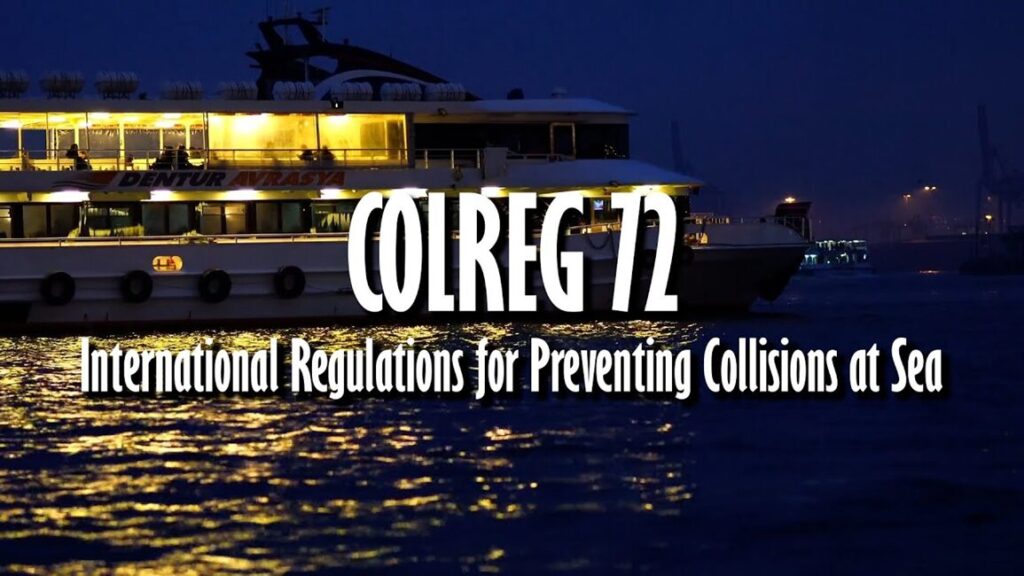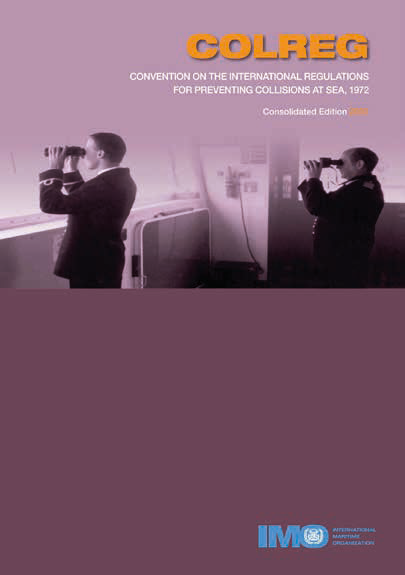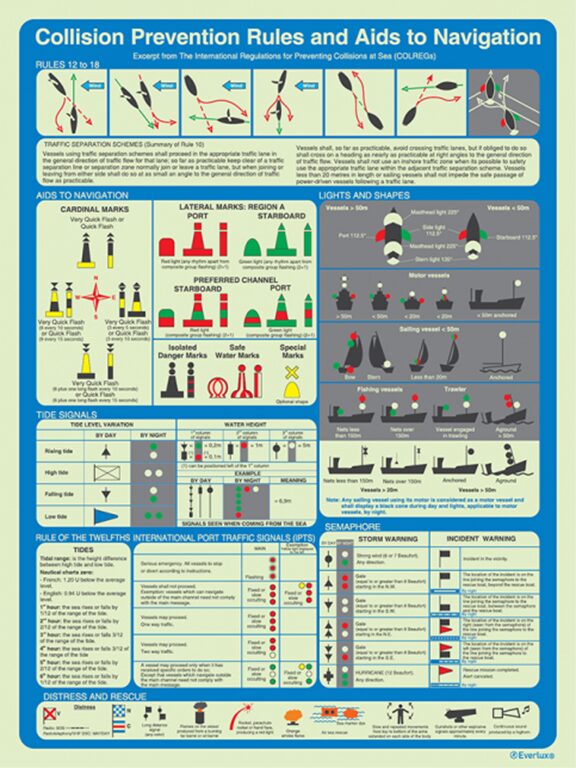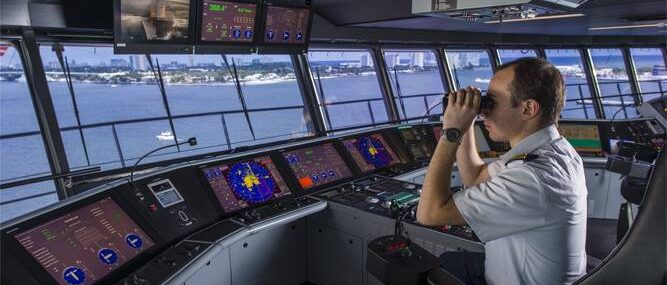
COLREG



COLREG refers to the application of the International Regulations for Preventing Collisions at Sea (COLREGs) to Floating Production Storage and Offloading (FPSO) units. This involves ensuring that FPSOs, which operate as offshore production platforms, adhere to COLREG standards for safe navigation and collision avoidance.
Audit Plan
The audit plan and survey tailored for assessing compliance with the Convention on the International Regulations for Preventing Collisions at Sea, 1972 (COLREGs). This plan outlines the objectives, scope, methodology, and key elements to review when auditing a vessel or maritime operation for adherence to COLREG requirements
Audit Objectives
Primary Objective:
Evaluate the vessel’s compliance with the COLREGs, ensuring that all required navigation lights, shapes, signals, and watchkeeping arrangements are correctly implemented and maintained.
Secondary Objectives:
Confirm that the crew is adequately trained and knowledgeable about collision avoidance procedures.
Identify any deficiencies in navigational practices or equipment.
Provide recommendations for corrective actions and continuous improvement.
Provide recommendations for corrective actions and continuous improvement.
Methodology
Document Review:
Examine navigational policies and procedures, bridge checklists, crew training logs, and previous audit reports.
Verify that the vessel’s Safety Management System (SMS) includes references to COLREG compliance.
Review records of any reported near-misses or incidents involving collision risks and corresponding corrective actions.
Review records of any reported near-misses or incidents involving collision risks and corresponding corrective actions.
Provide recommendations for corrective actions and continuous improvement.
Provide recommendations for corrective actions and continuous improvement.
Physical Inspection:
Inspect navigation bridge layout, equipment, and signage to ensure they meet COLREG requirements.
Check the condition and proper functioning of navigation lights, shapes, and sound signals (horns, whistles).
Verify that radar, AIS, and other collision avoidance systems are operational and properly maintained.
Interviews & Observations:
Conduct interviews with the Master, Chief Officer, and watchkeeping officers to gauge their understanding of COLREG rules.
Observe watchkeeping practices during a navigational watch if feasible, focusing on lookout procedures, radar usage, and communication among bridge team members.
